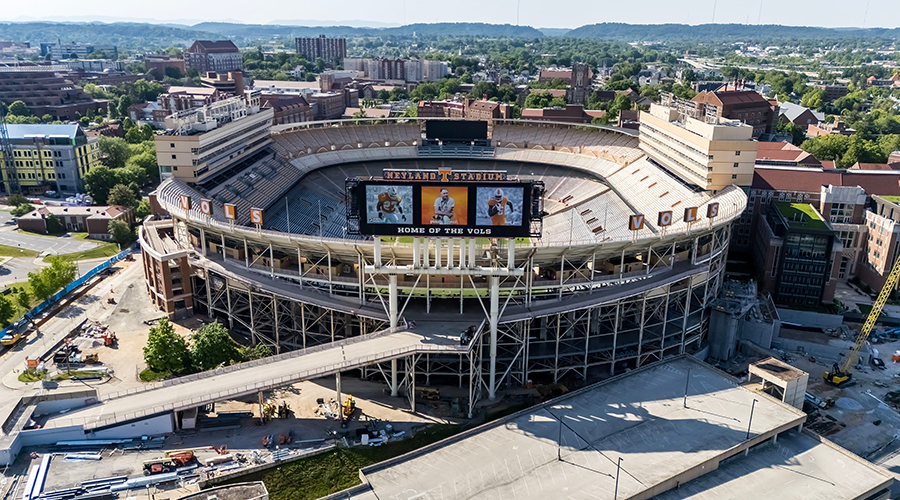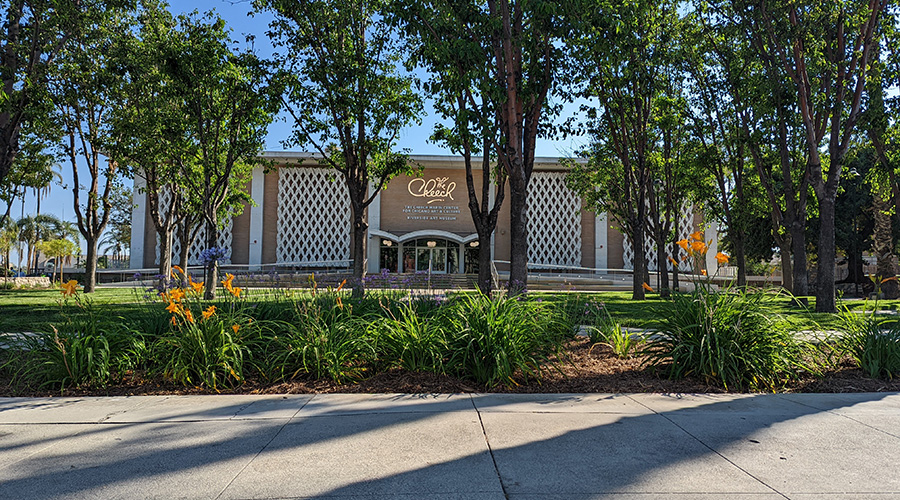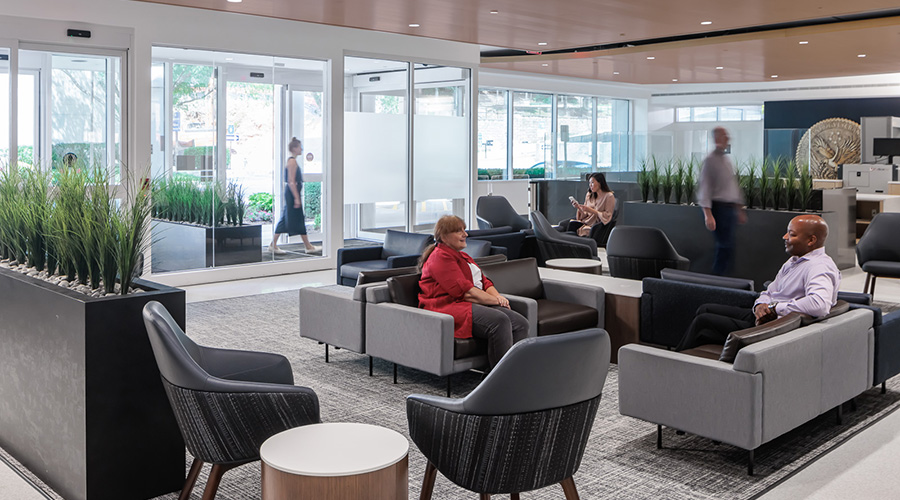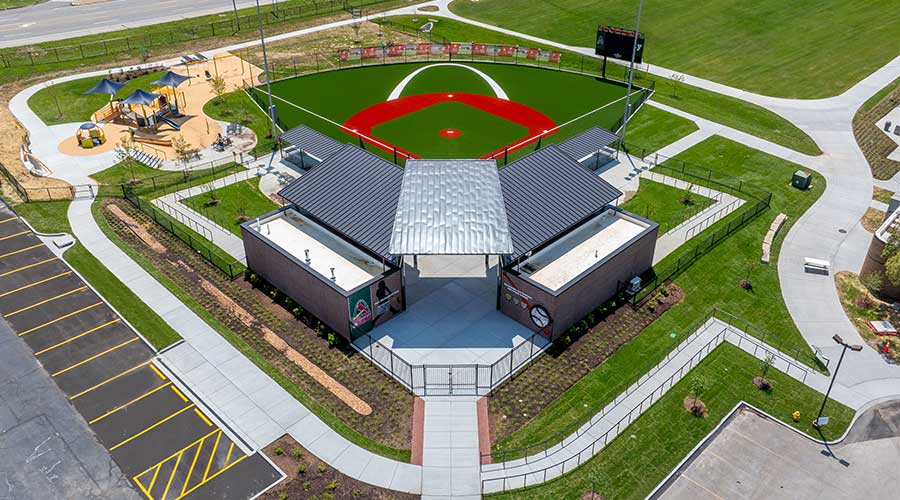College Football Stadiums Upscale Renovations and Amenities
Colleges and universities are in a facilities upgrade race to keep stadium full and programs winning.
By Doug Carroll, Contributing Writer
It’s a different day in college athletics, and most sports fans can tell you why: money.
With relaxed transfer rules and the introduction of financial opportunities through name, image and likeness (NIL) policy, student-athletes have become empowered as never before. Colleges and universities have been remodeling and expanding their game-day and training facilities in order to recruit and retain top talent.
To pay for it all, athletic directors are hunting for ways to increase revenue. Potential sources include the fan experience, which means the old football stadium at State U. might be getting renovated, if it hasn’t been already.
The price tag on a recent renovation to 101,000-seat Neyland Stadium at the University of Tennessee: $327 million.
“Colleges now understand that fans see themselves as customers who expect amenities,” says Steve Terrill, a principal for the national architecture firm PBK. “The cold, 18-inch-wide seat on a bench might need to be something else. And there are greater expectations in food and restrooms.
“A lot of our renovations are about making sure fans are comfortable and have a reason to come back — other than the game itself.”
Terrill has worked in the past with Clemson, Central Florida, Florida Atlantic, James Madison and many other universities.
According to PBK, current trends in the college stadium marketplace include:
- New seating options, including party decks, terraces, loge boxes, suites, clubs and lounges.
- Bigger video boards with higher resolution, enhancing the view across all seating options.
- An increased focus on wireless internet, cellular and digital applications being deployed to create connected content for fans. Stanford University was the first college to offer free Wi-Fi in its football stadium (2011).
Things that fans might expect to see only in pro stadiums are now becoming part of college facilities. Premium seating, including open-air suites ideally suited to fair-weather locales, is growing in popularity and will sometimes include a bar and buffet-style food service.
If a fan can imagine it, an athletic director is probably thinking about it and PBK is drawing it up. For facilities managers, the new features can mean an increase in event preparation time, logistics and staffing.
“There’s more pressure (to bring in) consumer dollars,” says Sean Plunkett, PBK’s firmwide market leader for sports. “The marketplace has to respond to the diversity of experience. Tiered pricing represents that. This will continue to proliferate.”
At universities such as South Carolina and East Carolina, premium tailgating has become a thing. There’s extra space plus electrical and cable hookups — all for a price, of course.
“We always talk about premium as being service, location or access,” Plunkett said.
Want more ideas? What about a pregame end zone club at field level? A conversion of unused office space inside a stadium into a lounge for well-heeled fans? Better in-stadium Wi-Fi for watching another game on a smartphone or posting photos on social media?
PBK has done them all, while keeping the client’s budget in mind.
“As we come up with concepts, we calculate the cost and how many years it will take to pay it off,” Terrill says. “With a four- to five-year return on investment, they might be able to do that all day. We have to make sure this will pay off.”
Doug Carroll is a freelance writer based in Chandler, Arizona.
Related Topics:












